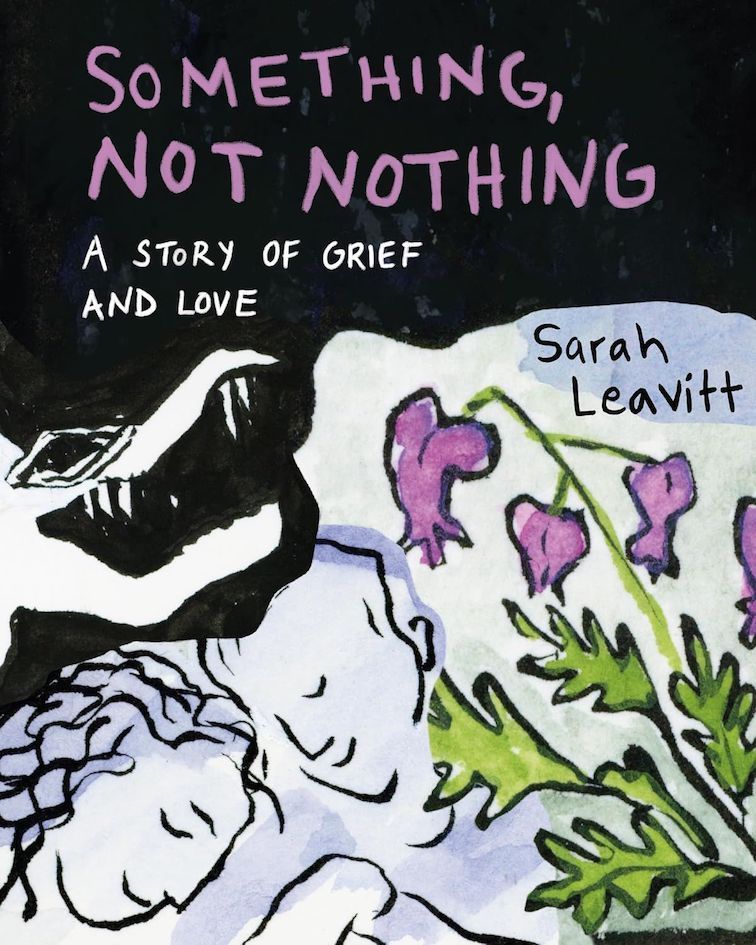Two days later I took Wayman’s workshop, Catching Fire, which was guaranteed to inspire us to get writing. He told us, among other things, that once we became writers we would no longer read for pure pleasure because we would always be analyzing what we read in order to figure out how it was done. With this in mind I bought two second-hand books from the island bookstore: The Sound and the Fury by William Faulkner (Vintage) and Doris Lessing’s Winter in July (Panther), which, according to the inscription on the first page, had in 1976 been owned by an acquaintance of mine, the writer Margaret Horsfield, who lives on another small island in the Strait of Georgia. As I read the Lessing book, which consists of seven short stories about white farmers in South Africa, I tried to stay outside the stories to do a proper analysis but sorry, Tom, after a few sentences I just had to let go and fall into the narratives. This made me feel guilty, as if I’d eaten some forbidden chocolate cake, and I told myself that next time I’d be more analytical. Lessing is so skilled that she can portray, sometimes all in the same story, the subtleties of relationships between men and women, whites and blacks, Brits and Afrikaaners, locals and newcomers, parents and children. Maybe you have to read a story several times before you can analyze it: on my third reading of Winter in July (the stories still aren’t boring), I’m just starting to glimpse Lessing’s methods.
I haven’t read The Sound and the Fury all the way through yet, but I’ve reread the first section, “April Seventh, 1928,” several times trying to figure out what’s going on. The narrator is Benjy, a thirty-three-year-old man who has a mental disability and who cannot speak—although according to his family and their black servants, he moans a lot. With his limited vocabulary, Benjy describes what he sees and feels at each given moment, and his narration jumps back and forth in time because one event he is describing reminds him of something that happened years ago so he switches to that event with no warning. Sometimes I had to work hard to figure out what Benjy was talking about (he describes a game of golf as “they took the flag out and they were hitting . . . Then they put the flag back and he hit and the other hit”), but eventually I could see how Faulkner supplies just enough information to keep the reader from getting lost. When Benjy sees that his shadow is taller than Luster’s (the person who accompanies the adult Benjy), we realize that Luster is a young boy; when Benjy reports that the stalls in the barn are empty, the floor is dry and dusty and the roof is falling, we know that the family’s fortunes are in decline; when he sees his uncle put the bottle in the cupboard, we know the uncle is a drinker. I found it quite exciting to make my small discoveries about how the story worked, as if I were solving an intricate puzzle. At the end of the summer, I could say that I hadn’t read many books but that I’d read some books many times.






.jpg)

